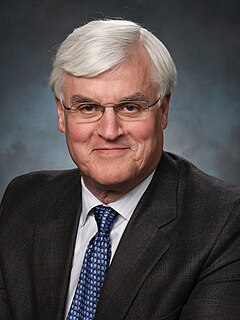 W
WPenrose "Parney" C. Albright is a physicist and weapons scientist known for his work with the U.S. Government, think tanks and National Laboratories, and government contractors. Since November 1, 2014, he has been the president and CEO of HRL Laboratories, a research firm jointly owned by Boeing and General Motors. Until December 2013 he served as the director of Lawrence Livermore National Laboratory, and, in 2014, he served as a senior advisor in the Office of the Director of National Intelligence.
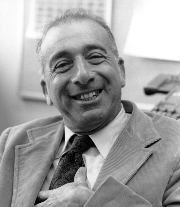 W
WBerni Julian Alder was a German-born American physicist specialized in statistical mechanics, and a pioneer of computational modelling of matter.
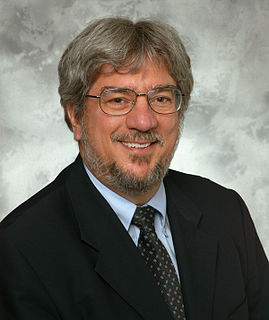 W
WMichael Anastasio led two national science laboratories during a time of transition. He was the director of the Los Alamos National Laboratory and president of the Los Alamos National Security LLC, the company that operates the laboratory. He is the former director of Lawrence Livermore National Laboratory (LLNL). The University of California Board of Regents appointed Michael R. Anastasio the director of LLNL on June 4, 2002. He started on July 1, 2002. In 2005 he became the president of the Los Alamos National Security LLC, and became the director of the Los Alamos National Laboratory on June 1, 2006. During his directorship at Lawrence Livermore, the laboratory won 25 R&D 100 Awards and maintained its world-class leadership position in high-performance computing and its application to global climate modeling.
 W
WWilliam Bookless is an American scientist and government official who served as the acting Under Secretary of Energy for Nuclear Security from 2020 to 2021. Bookless, who had previously served as deputy under secretary, assumed office on November 6, 2020 after the resignation of Lisa Gordon-Hagerty.
 W
WHarold Brown was an American nuclear physicist who served as United States Secretary of Defense from 1977 to 1981, under President Jimmy Carter. Previously, in the John F. Kennedy and Lyndon B. Johnson administrations, he held the posts of Director of Defense Research and Engineering (1961–1965) and United States Secretary of the Air Force (1965–1969).
 W
WGeorge Frederick Chapline Jr. is an American theoretical physicist, based at the Lawrence Livermore National Laboratory. His most recent interests have mainly been in quantum information theory, condensed matter, and quantum gravity. In 2003 he received the Computing Anticipatory Systems award for a new interpretation of quantum mechanics based on the similarity of quantum mechanics and Helmholtz machines. He was awarded the E. O. Lawrence Award in 1982 by the United States Department of Energy for leading the team that first demonstrated a working X-ray laser.
 W
WLeroy Chiao is an American chemical engineer, retired NASA astronaut, entrepreneur, motivational speaker, and engineering consultant. Chiao flew on three Space Shuttle flights, and was the commander of Expedition 10, where he lived on board the International Space Station from October 13, 2004 to April 24, 2005. He is also a co-author and researcher for the Advanced Diagnostic Ultrasound in Microgravity project.
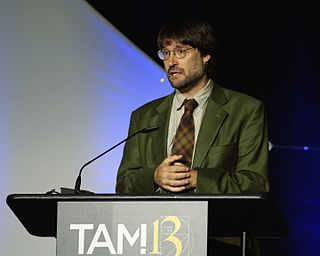 W
WTaner Edis is a Turkish American physicist and skeptic. He is a professor of physics at Truman State University. He received his B.S. from Bogaziçi University in Turkey and his M.A. and Ph.D. from Johns Hopkins University. Edis is the author of several books on creationism, religion and science. He is a Scientific and Technical Consultant for the Committee for Skeptical Inquiry.
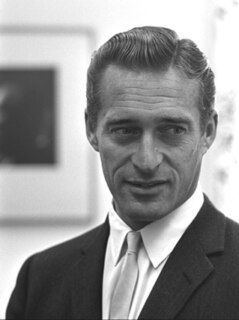 W
WJohn Stuart Foster Jr. is an American physicist, best known as the fourth director of Lawrence Livermore National Laboratory and as Director, Defense Research and Engineering under four Secretaries of Defense and two Presidents.
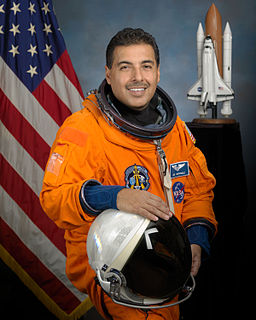 W
WJosé Moreno Hernández is a former NASA astronaut and American engineer.
 W
WOmar Hurricane is a physicist at Lawrence Livermore National Laboratory, in the thermonuclear and inertial confinement fusion design division. Prior to Lawrence Livermore, he worked at the UCLA Institute of Plasma & Fusion Research. His research focuses on weapons physics, high energy density physics (HEDP) science, the theory of plasmas, and plasma instability. He has published widely in journals and conference papers. Hurricane was the lead author of a paper presenting the results of fusion experiments demonstrating Fuel Gain greater than unity.
 W
WMorris Richard Jeppson was a Second Lieutenant in the United States Army Air Forces during World War II. He served as assistant weaponeer on the Enola Gay, which dropped the first atomic bomb on the city of Hiroshima, Japan on August 6, 1945.
 W
WTamara Elizabeth "Tammy" Jernigan is an American astrophysicist and former NASA astronaut. During her career she completed five Space Shuttle program missions, logging over 1512 hours in space. Jernigan left NASA in 2001 and currently serves as Deputy Principal Associate Director in the Weapons and Complex Integration (WCI) organization at Lawrence Livermore National Laboratory.
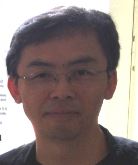 W
WJoomyeong Kim is a Russell Thompson, Jr. Family Professor of Biology at Louisiana State University. His research interests include genomic imprinting and epigenetics. Dr. Kim's laboratory is mainly involved in understanding the functions and regulatory mechanisms governing genes subject to genomic imprinting. Having previously characterized an imprinted domain located on proximal mouse chromosome 7/ human chromosome 19q13.4, his laboratory currently focuses on understanding regulatory mechanisms directing the mono-allelic expression of the seven imprinted genes in the cluster: Peg3, Usp29, Zfp264, APeg3 and Zim1, Zim2, Zim3. As a second project direction, his lab studies the function of the dominant gene in the cluster, Peg3, as a transcriptional regulator. Past projects in the Kim lab have included studying the epigenetic instability of imprinted genes during tumorigenesis, potential roles of AEBP2 as a PRC2 targeting protein and in neural crest cell development, as well as the DNA methylation of mouse and human retrotransposons.
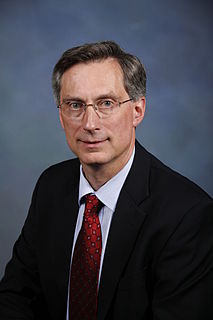 W
WCharles F. McMillan is an American nuclear physicist and served as the 10th director of the Los Alamos National Laboratory. His appointment was effective June 1, 2011. He succeeded Michael R. Anastasio. On September 5, 2017, McMillan announced he would be leaving the director position at the end of the year.
 W
WGeorge H. Miller Ph.D. served as director of the Lawrence Livermore National Laboratory (LLNL) from 2007 until 2011. Dr. Miller, an employee of the Laboratory for 34 years, replaced Michael Anastasio, who left LLNL to head Los Alamos National Laboratory.
 W
WStewart David Nozette is an American planetary scientist, technologist, and consultant who worked for the United States Department of Energy, the United States Department of Defense, DARPA, the United States Naval Research Laboratory, and NASA. He is also a convicted felon for attempted espionage and fraud against the United States. The FBI arrested him October 19, 2009, charging him with attempted espionage after a sting operation which Nozette's lawyer claims amounted to entrapment. At trial, Nozette admitted attempting to sell U.S. classified information to someone he believed was an Israeli Mossad operative, but was in reality an undercover Federal Bureau of Investigation employee. He pleaded guilty to one charge of attempted espionage and was sentenced, under the terms of a plea bargain, to thirteen years in prison. After serving time at the Federal Correctional Institution, Terre Haute, Nozette was scheduled for release from the U.S. federal prison system in November 2020 and was released on November 13th 2020. The FBI found no evidence that any classified materials were actually released to anyone outside the US Government.
 W
WRaymond L. Rodriguez is an American professor of biology, specializing in molecular biology, genomics and biotechnology. His current research interests include diet-genome interactions, plant-made pharmaceuticals and the food/brain axis. Rodriguez is also an inventor, and entrepreneur. His research at the University of California, San Francisco in the 1970’s helped lay the foundation for the biotechnology industry. He also holds several issued US patents. He is involved in programs that promote diversity, equity and inclusion for women and underrepresented minorities in science, technology, engineering, and mathematics (STEM) disciplines.
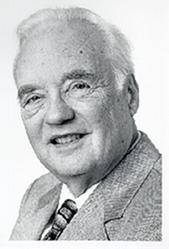 W
WMendel Sachs was an American theoretical physicist. His scientific work includes the proposal of a unified field theory that brings together the weak force, strong force, electromagnetism, and gravity.
 W
WBenjamin David Santer is a climate researcher at Lawrence Livermore National Laboratory and former researcher at the University of East Anglia's Climatic Research Unit. He also worked at the Max Planck Institute for Meteorology from 1987 to 1992. He specializes mainly in statistical analysis of climate data sets, and detection/attribution of climate change forcings.
 W
WDawn Angela Shaughnessy is an American radiochemist and principal investigator of the heavy element group at the Lawrence Livermore National Laboratory. She was involved in the discovery of five superheavy elements with atomic numbers 114 to 118.
 W
WEdward Teller was a Hungarian-American theoretical physicist who is known colloquially as "the father of the hydrogen bomb", although he did not care for the title, considering it poor taste. Throughout his life, Teller was known both for his scientific ability and for his difficult interpersonal relations and volatile personality.
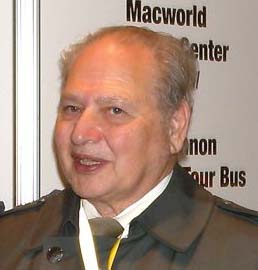 W
WRonald Wayne is a retired American electronics industry businessman. He co-founded Apple Computer Company as a partnership with Steve Wozniak and Steve Jobs, providing administrative oversight and documentation for the new venture. Twelve days later, he sold his 10% share of the new company back to Jobs and Wozniak for US$800, and one year later accepted a final US$1,500 to forfeit any potential future claims against the newly incorporated Apple, totaling US$2,300.
 W
WHerbert Frank York was an American nuclear physicist of Mohawk origin. He held numerous research and administrative positions at various United States government and educational institutes.